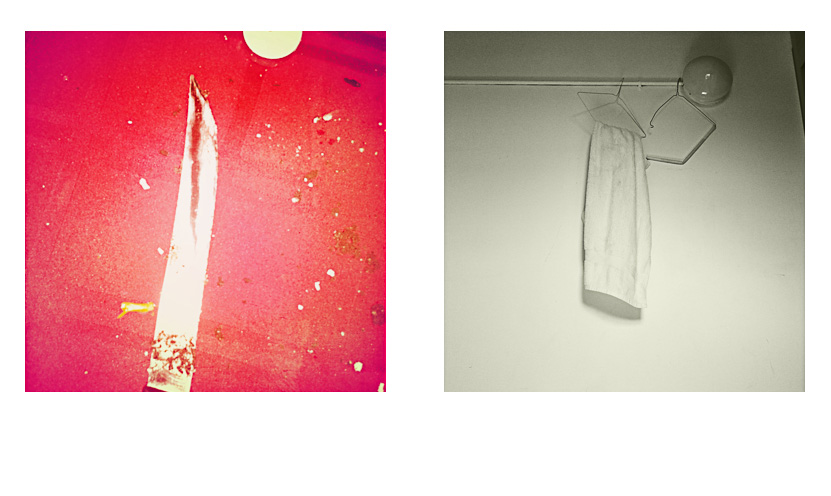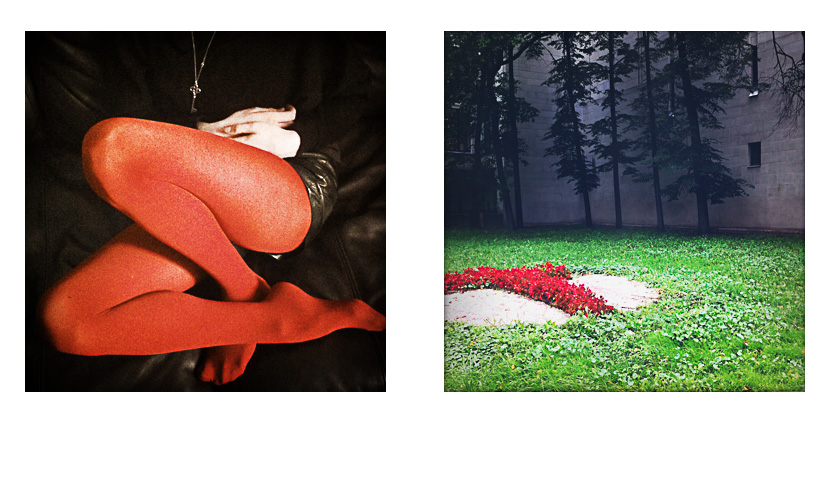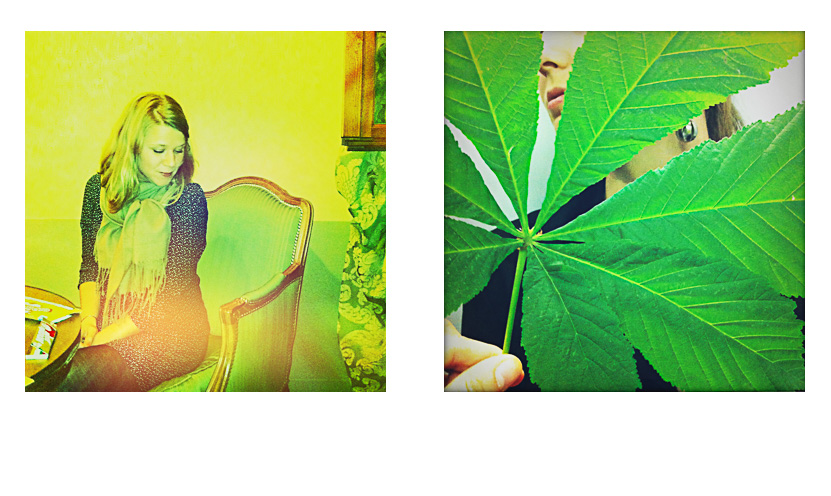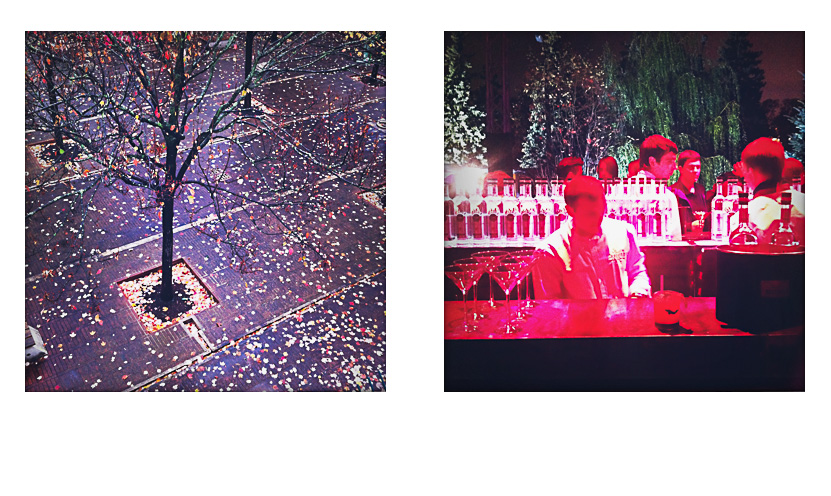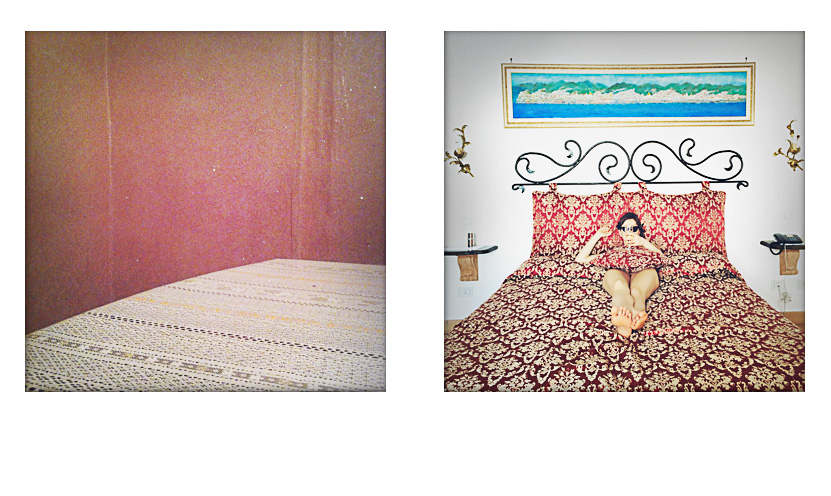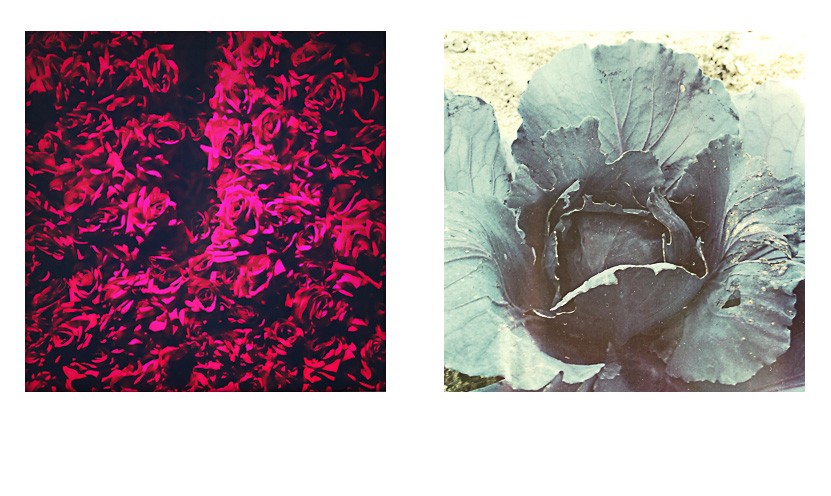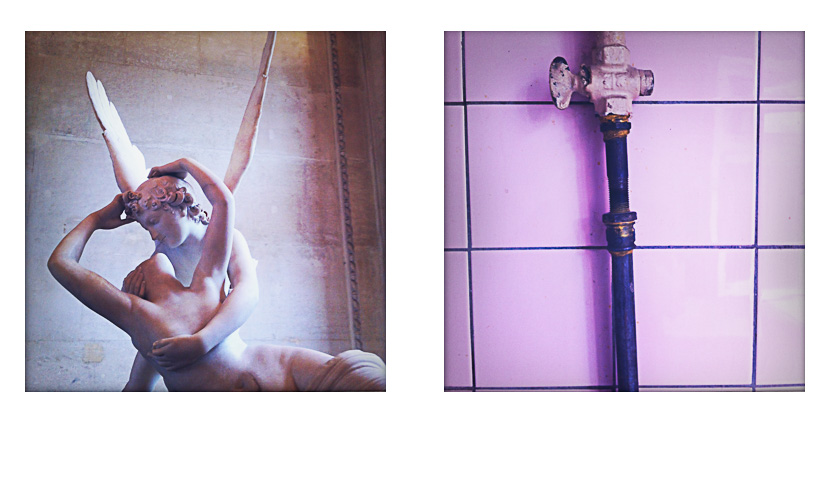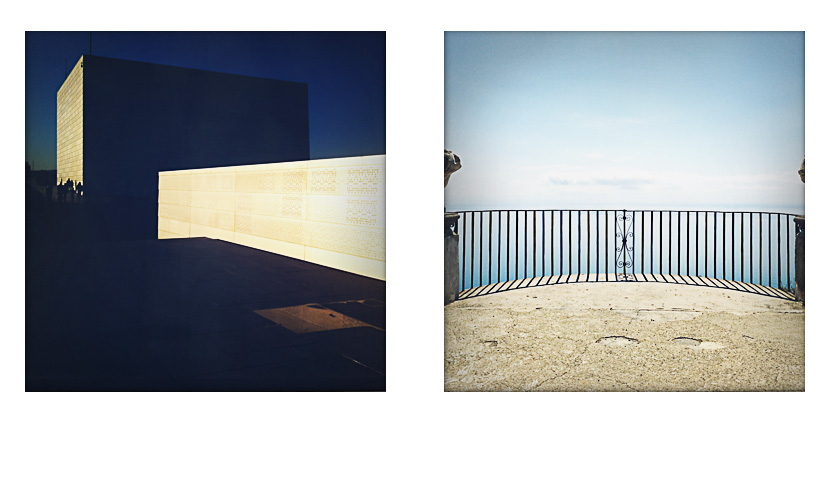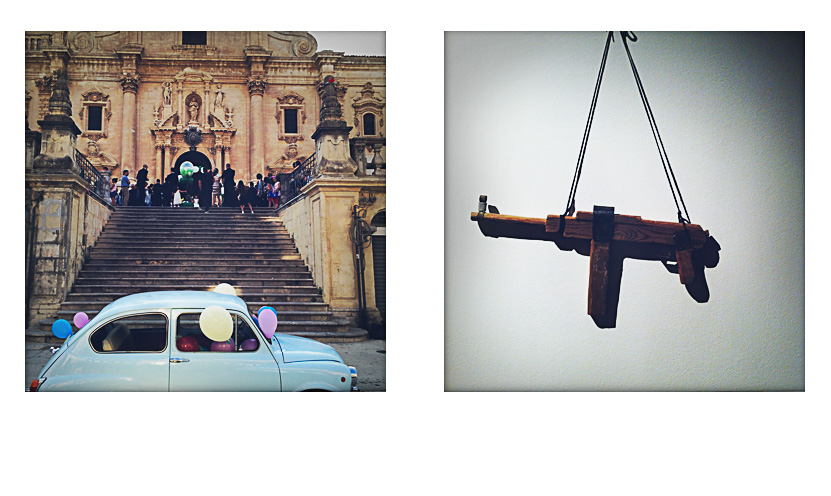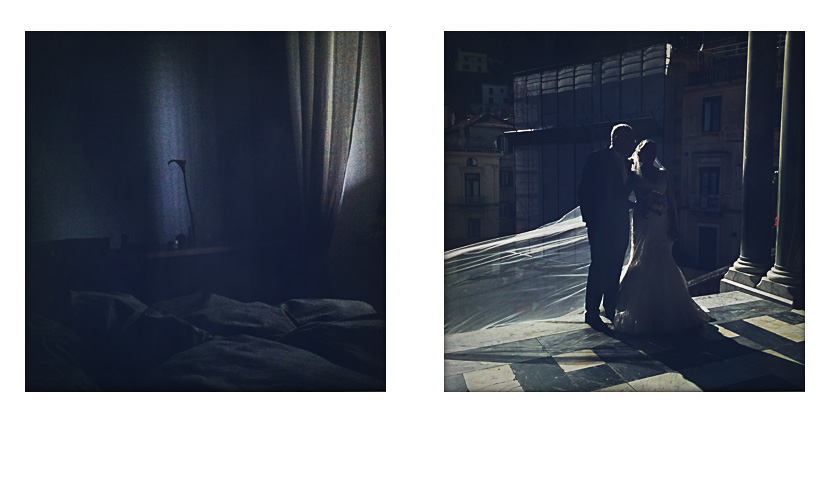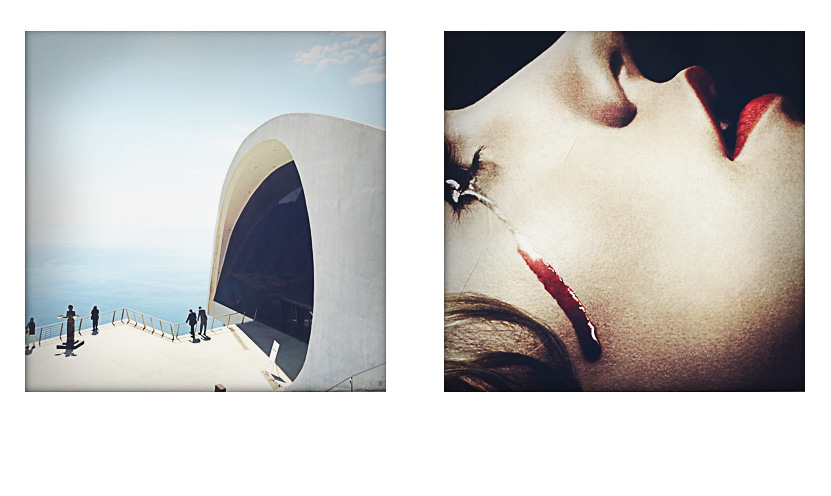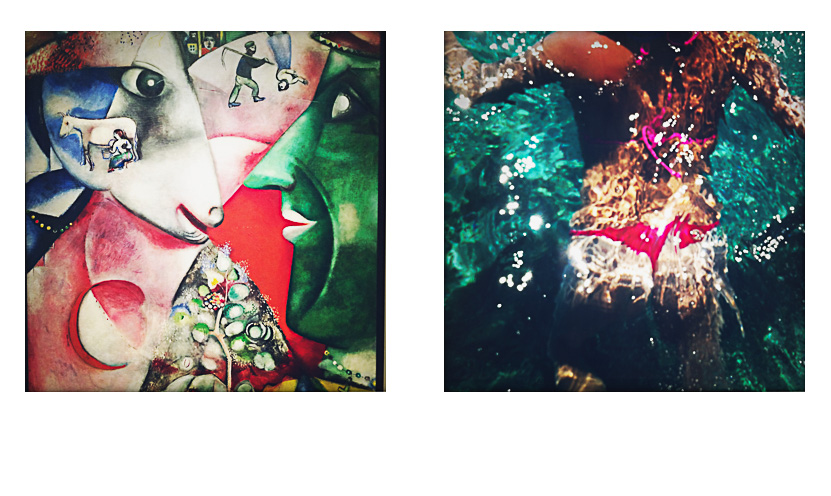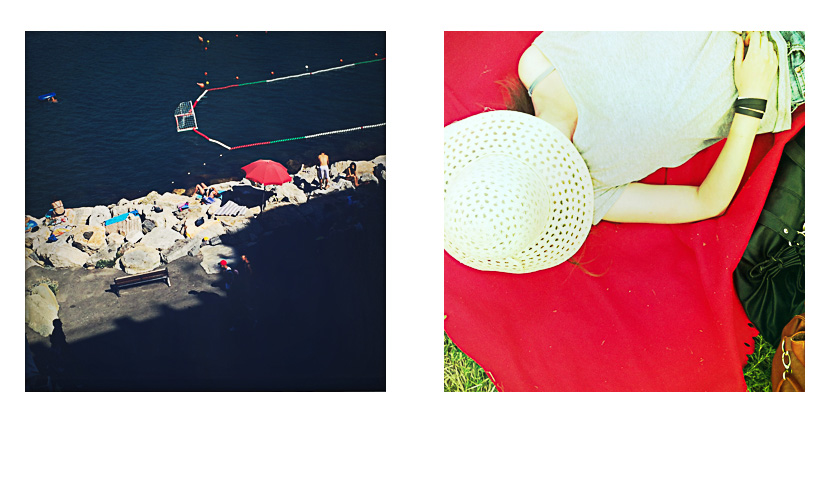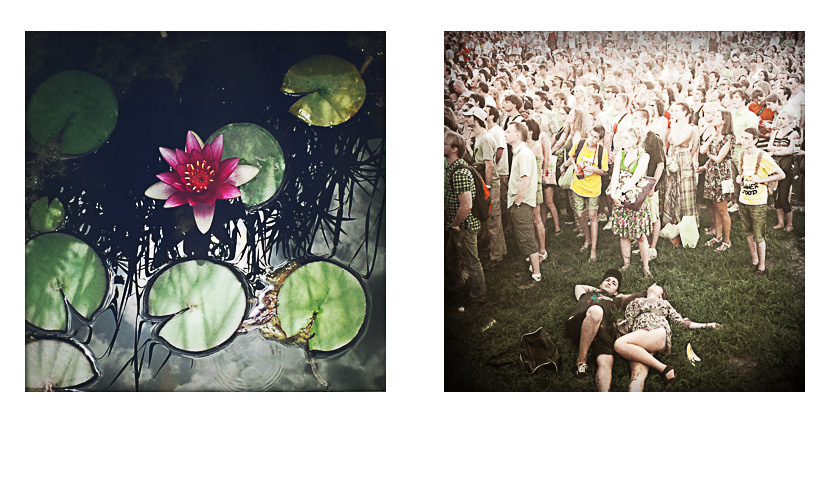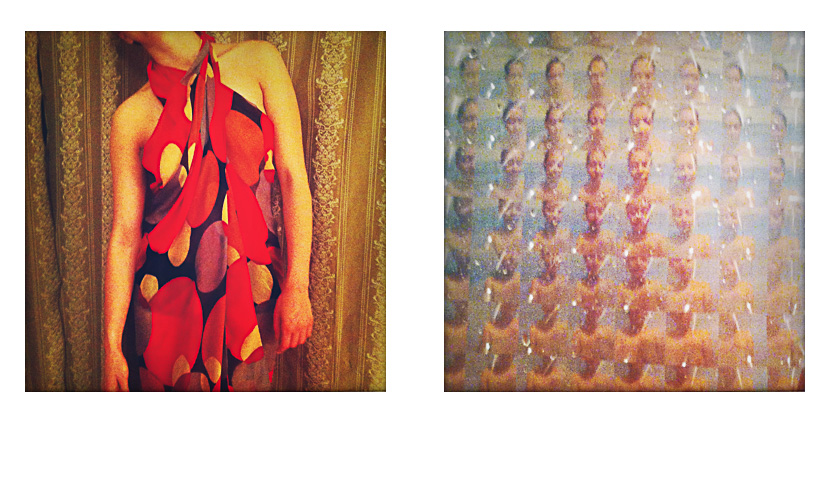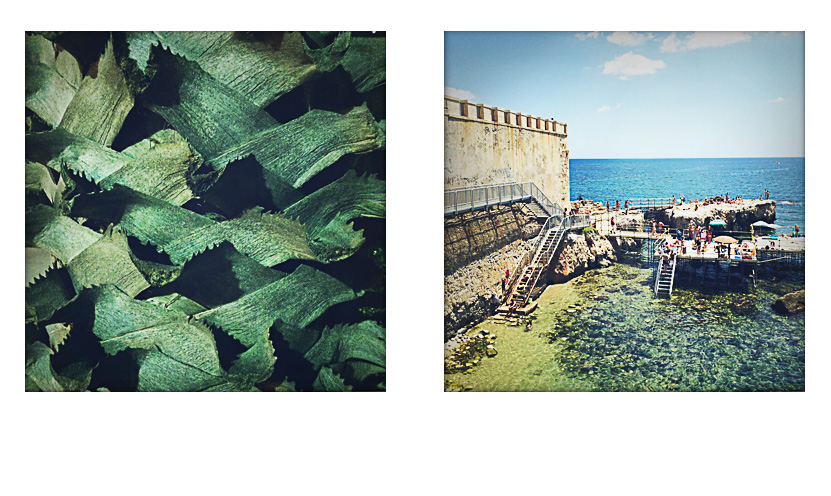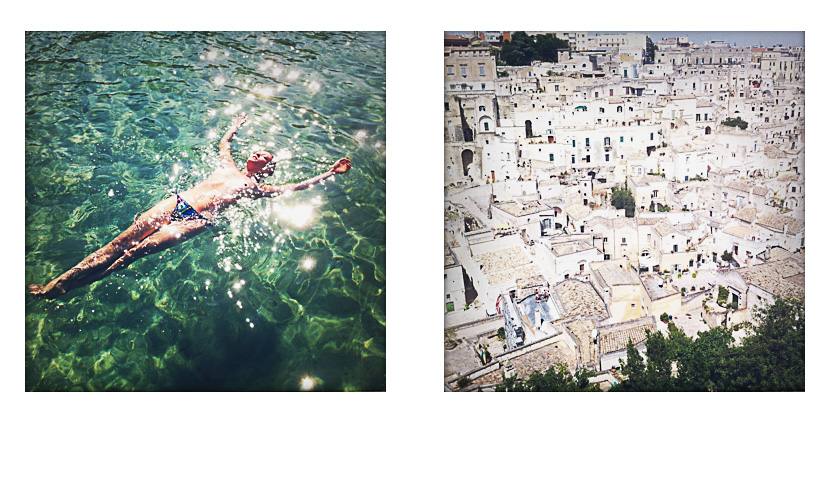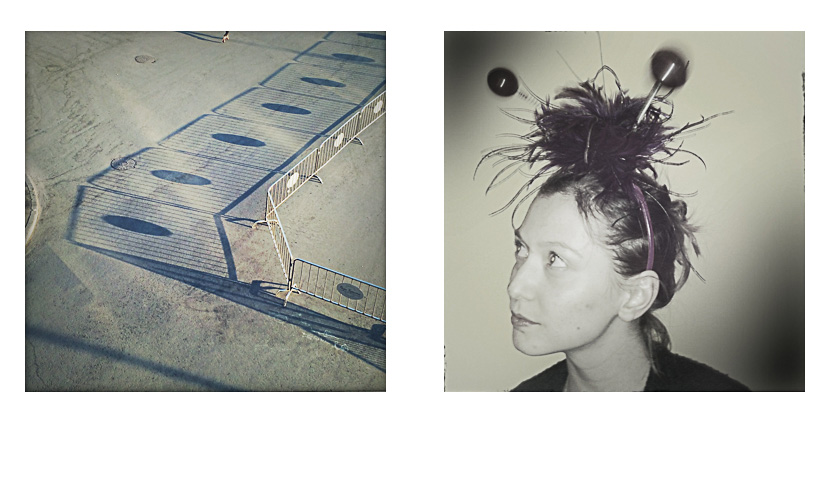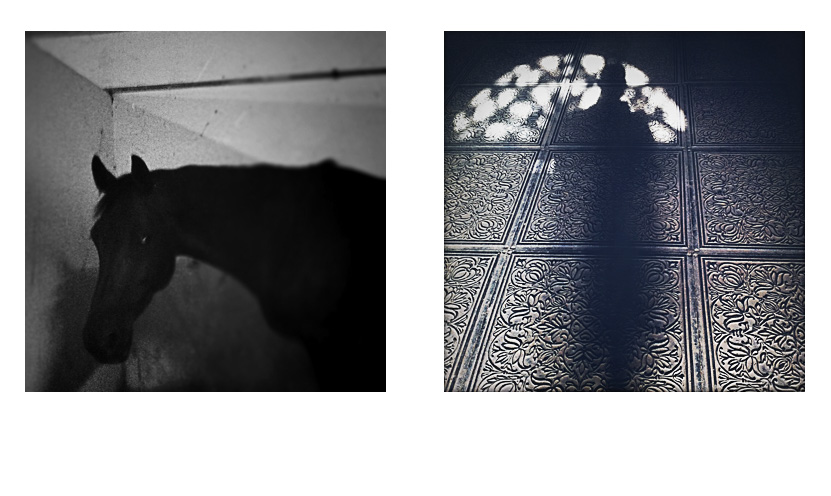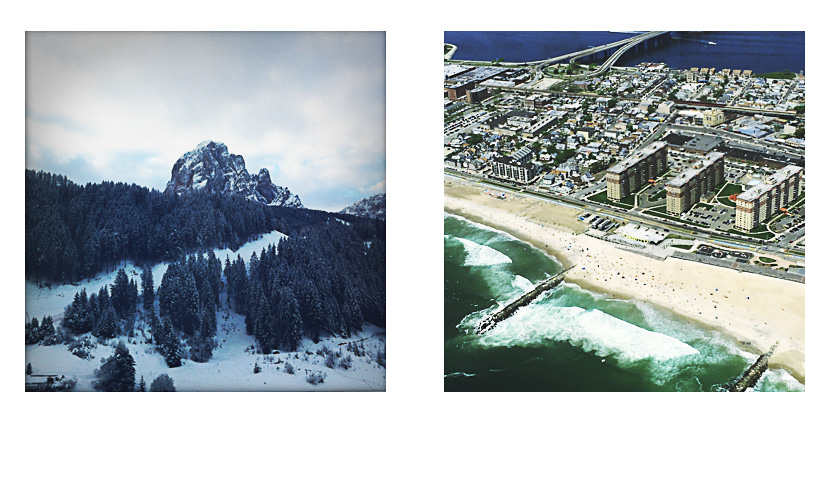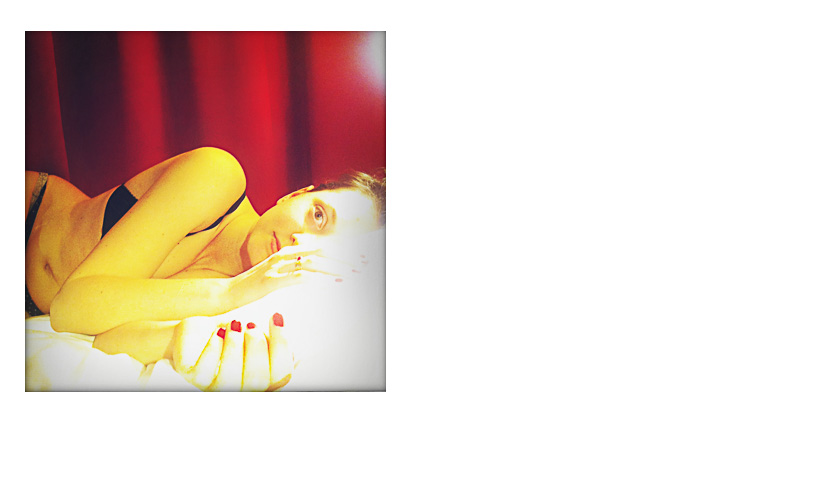In the heart of Sulawesi, Indonesia, I found myself capturing the lush beauty of the forest through my lens. Umar suggested avoiding the denser areas as I stepped deeper into the jungle. “There may be snakes,” he warned. Stories of reticulated pythons eating cows and even humans had circulated, much to my surprise. I had always considered the python a slow creature, and I couldn’t imagine being attacked by one of them. On the contrary, I wondered how it might survive with less and less forest to roam. Of course, I hadn’t seen any pythons myself.
Read MoreCRITICAL MINERALS - DRC
The third leg of the 'Critical Minerals' project took me to the Democratic Republic of Congo to document the condition and impact of the mining of Copper and Cobalt, essential for the green energy transition.
The environmental and human conditions of mining have been widely reported, and the mainstream narrative faithfully describes the devastating working conditions, the quasi-slave-like exploitation and the problematic health, environmental and economic conditions that men, women, and often children are subjected to, directly or indirectly involved in mining. […]
Read MoreCritical Minerals - Chile
I have never seen such iridescent light as radiated in the sky above San Pedro de Atacama at sunset.
It is an immense lapse of time ruled by the sun and the dryness of the air at an altitude of three thousand metres. Between 6 p.m. and 9 p.m., the rocks and the surrounding desert are irradiated with shades of yellow, indigo, violet, green, and blue that my camera refuses to register.
Read MoreA Storyline of Oil and Gas
On 27 September 2022, a bubbling gas patch appeared in the Baltic Sea. The enormous methane leak, resembling a huge Jacuzzi in the open sea, was the result of sabotage on Nord Stream pipeline, one of the crucial infrastructures for Europe’s energy supply transporting gas from Russia to Europe. The aerial shot taken by Swedish coastguard authorities looks like a huge white blob spreading across the deep blue Baltic Sea. The image transmitted across all media channels is dramatically reminiscent of the Eye of Sauron from Lord of the Rings. [more]
Read More100Ob First thoughts about generative AI photography, landscapes and a few more personal observations.
"If there is something that opens the horizons, it is precisely ignorance."
I read this sentence by writer and diplomat Romain Gary during a train journey from New York to Washington. It takes me a few minutes to interpret the sentence taken out of its context.
I wonder if the term “ignorance” in the phrase should be interpreted as "non-knowledge" and, as such, if the status of “not knowing” could potentially stimulate curiosity and thus open the horizons, metaphorically speaking, of the mind.
Read MoreUkraine, Refugees, Economy and others interconnected things #1
It is just under three months since the start of 2022 and my last newsletter. In it, I imagined new resolutions for the coming year and wished myself - and wished you - a happy new year and a timid exit from two years of Covid pandemic that has marked us deeply.
Hopes for a social, human, economic recovery seem to have been swept away on the night of 24 February 2022. Indeed they have been swept away for the Ukrainian people brutally attacked by the anachronistic madness of an autocrat turned warmongering dictator.
Read MoreSeason's Greetings
As 2021 draws to a close, I want to make a brief reflection and make, as usual, some New Year's resolutions.
In the first few months of 2021, we were still in the midst of the pandemic - let's hope that despite the current news in 2022 we will kindly get over the hump - and travel occasions were still minimal. However, I took the opportunity to reorganise my life and professional commitments also because of my relocation to Switzerland that took place precisely at that time.
Read MoreExplaining myself "Sinomocene"
"Sinomocene" is a project that takes its cue from the documentation of the Chinese initiative known as "Belt and Road" or "New Silk Road" to investigate more widely on issues of new forms of colonialism, globalization, and the relation between Powers and individuals. The work focuses on the social and environmental impact of large capital movements linked to geopolitical strategies at a global and local level. Like many other powers in history, as soon as China amassed enough economic wealth at home, it began projecting its influence overseas.
Read MoreSamuel and the Others. Counter-mapping Contemporary Migration.
The organisation of movement across border structures shows unequal treatment of different groups of people. Privileged passengers can move easily and swiftly across the globe and may, even in developing countries, remain in secure and familiar environments. The journeys of migrants, who are travelling under dissimilar pretences, are usually 3 exhausting and dangerous. They frequently strand in different places at various stages of their journey – their movement is slowed down or “petrified” (2011, p.201).
Read MoreA Visual Narrative of the Ukrainian Conflict
History has been created through stories and the memories of individuals having witnessed certain events. Today, however, the media no longer exist as narratives but rather as flashes and images. History is therefore being reduced to images.
Paul Virilio to David Levi Strauss. (2003, p.167)
This essay investigates the ability of photographs to bear witness to historical trauma and how differing approaches to visualisation, forms of distribution and presentation may affect how an audience is called to perceive a historical trauma. This is examined through the analysis of selected images captured by photographers Jerome Sessini and Donald Weber during the protests in Kiev in February 2014 and immediately after the MH17 Flight was shot down while flying over Eastern Ukraine on the 17th of July in 2014. I assert that despite the aesthetic differences and dissimilar visual strategies, both the images of Sessini and Weber are the result of an active process of documentation that has the potential to bear witness to the events and historical trauma in Ukraine.
Read MorePhotography and Machine Learning: when Images Become Data Images
The increasing number of digital images produced and distributed today has been an argument of investigation for numerous scholars as well as the subject of vast literature on the usage and impact of such images on our society. While the pressing issue to the majority of scholars concerns the ability of the digital image to represent reality, an increasing amount of literature questions the role of digital images in the broader, networked context of artificial intelligence and machine learning. This paper traces the evolution of traditional photography to data images to describe the shift in the essential nature of images from the way they were consumed by the public to becoming a source of raw material to feed sophisticated autonomous learning machines that are able to recognise, categorise and classify objects, humans and spaces.
The paper analyses the use of image as evidence tracing a chronology of photography in relation to technological progress. The ability of computer vision combined with the continuous stream of images and machine learning capabilities offer a wide range of beneficial possibilities, but this technology can also be misused and raises numerous ethical questions. This paper, rather than attempting to ascertain an answer to this question, seeks to display its complexity to underscore and reiterate the risks of relying entirely on machines. Unconditional trust in technology not only does not protect us from the probability of human error, but it also reduces our critical capabilities.
Read More"Meet The Puteens": Snapchat, Soundtrack, Making of.
While working on the multimedia project "Meet The Puteens" together with The Economist correspondent Noah Sneider, we collected some extra materials besides the interviews and portraits. It was important to work on the project thinking out of the box and to challenge the traditional journalistic approach. If you are interested to know more about it, you can follow the links in this post. And if you are curious about how we met our heroes, here is the story behind our multimedia project on young Russians.
Read MoreBrodskij, Lenin e "The April Theses"
"Tutto questo aveva ben poco a che fare con Lenin, per il quale, suppongo, il mio disprezzo cominciò fin da quando ero in prima elementare – non tanto a causa della sua filosofia politica o della sua prassi, di cui a sette anni sapevo ben poco, ma per via delle sue immagini onnipresenti che infestavano quasi ogni libro di testo, ogni parete della scuola, francobolli, monete e quant’altro, raffigurando l’uomo in varie età e fasi della sua vita. C’era baby Lenin, che con i suoi boccoli biondi somigliava a un cherubino. Poi Lenin ventenne e trentenne, calvo e impettito, con la faccia atteggiata a un’espressione che non significava niente e poteva essere scambiata per tutto, preferibilmente un senso di determinazione. Quella faccia perseguita in un modo o nell’altro ogni russo e propone una sorta di modello umano per la sua assoluta mancanza di carattere. (Forse, non essendovi in essa nulla di specifico, quella faccia suggerisce molte possibilità). Poi c’era un Lenin attempato, più calvo, con la sua barba a cuneo, nel suo completo scuro, a volte sorridente ma più spesso nell’atto di parlare alle «masse» dall’alto di un’autoblindo o dal podio di qualche congresso del partito, con una mano protesa nell’aria. Non mancavano le varianti: Lenin col suo berretto da operaio, con un garofano infilato nell’occhiello; in panciotto, seduto nel suo studio, a scrivere o a leggere; su un ceppo in riva al lago, a scribacchiare le sue Tesi d’aprile, o qualche altra sciocchezza, al fresco."
Fuga da Bisanzio - Iosif Brodskij.
From: "The April Theses", iLENIN#5 ©davide Monteleone
The April Theses #1
In March 1917 Vladimir Ilych Ulyanov (LENIN) was leaving exiled and in poverty in Zurich. Within eight months he assumed the leadership on 16000000 people occupying one-sixth of inhabited surface of the world. On April 9th 1917, with the support of German authorities, at that time in war with Russia, he travelled back to his own country on a train across Germany, Sweden and Finland to reach Finland Station in St. Petersburg on April 16th. By the time he was back in St Petersburg he wrote a ten points program known as “The April Theses”.
Lenin's Statue at "RGASPI" - Moscow. ©Davide Monteleone.
Part of the documents concerning Lenin's life between March 27th and April 22nd 1917 which I reviewed to research about the trip and "The April Theses".
100 year later I created a chronology of that 2 weeks of Lenin’s life just before the events that changed Russia and the entire world. In search of the original draft of “The April Theses” I recreated and sometime reacted on a real non-invented trip Lenin’s epic journey on the base of archival documents found it at the R.G.A.S.P.I (Political History Russian State Archive of Political History ) and historical books including “To Finland Station” by Edmund Wilson and “The sealed train” by Michael Pearson.
C' era una volta...
While I was moving from Rome I found a box full of numerous undeveloped Polaroid. Unfortunately my Polaroid SX70 camera felt on the ice of Moscow in February 2012 while I was trying to jump on a taxi to reach a demo in the center of the city. My weird intention was to work in the cold of Moscow with this old camera and technique. The camera did not survive! Since then, the diary onceI was doing with a Polaroid I' m now doing (as most of us does) with a much "cold" digital device. No regrets....pictures are always pictures...almost!
Here is a selection from my digital portable camera device (DPCP) which I will keep updating time to time, remembering my old Polaroid...
In the Russian East #2
On my way back from China to Moscow I stopped a couple of days in Chita (Russia) and around. I dedicated the day before my flight to Moscow to continue my project " In the Russian Est", a specular homage to "In the America West" by master of photography and portraiture Richard Avedon.
Read MoreThe last emperor
Manzhouli, China 2015. ©Davide Monteleone
On August 18, 1945, Pu Yi, China’s Last Emperor, who by that time was reduced to being the emperor of the Japanese puppet state of Manchukuo, renounced his throne and prepared to flee northeastern China along with the defeated Japanese Army. Bernardo Bertolucci’s Academy —— film, ‘The Last Emperor’ depicted the moment when Soviet troops seized a Manchurian airport and stopped Pu Yi and his royal entourage from escaping to Korea. They were taken to the Soviet Union to meet an uncertain fate.
Pu Yi spent five years as a prisoner of war in the Soviet Union. In an autobiography that was published in the 1960s, he described his life in Chita and Khabarovsk.
I spent the last 3 weeks traveling in Northern Est China, close to the border between Russia and China searching for historical and contemporary relations between the two countries. I met ethnic Russian Chinese, mixed couples, woodcutter, traders, an orthodox Chinese priest and visited surreal amusement parks and "sanatorium".
Tomorrow I will fly back to Moscow exactly from Chita. I'll have numerous days of editing back home, but updates and stories will come soon.
Rendering Moscow (2015- )" Imperium", chapter 1
"Imperium" - chapter #1: The Capital of the Empire.
In 2007 Viktor Erofeev wrote an introduction for my first book Dusha. In that book there is really few pictures from Moscow, but this is how Viktor begun his text:
“I am convinced that Moscow is the most interesting city in the world. Except that it has a dirty aura. The air is dirty. Its thoughts are dirty. Moscow has told too many lies and continues to do so. It wears heavy make-up. It is a city of shameless advertising. The women wear fur coats and no underwear. I flee from the capital to experience the pleasure of liberation.
When travelling through Russia one has the sense of entering into a great open space where the only company is huge trucks streaking past like meteorites. People say that Moscow is not Russia. It is like oil and water. The greasy stain that is Moscow is lost amid the forests on the outskirts of the capital. Moscow is ruled by time, Russia by eternity.”
Last November Moscow ranked 62nd out of 64 major cities in a global liveability index. In 2012, the Russian government announced the formation of a new “greater Moscow”, and there is talk of a grand urban vision: new jobs, homes, infrastructure and city-wide improvements.
Moscow changed a lot since the first time I arrived there fourteen years ago, and is transforming rapidly in the last two years. Plans involve pedestrianized embankments high-speed water transport, brand-new cycling infrastructure, new parks and of course new dwelling houses in the outskirt of the city. But how much has life really changed for Moscow’s residents? Has the transformation been for the benefit of everyone or just a select few?
“Rendering Moscow” is my attempt to look at the city for what is becoming. In this first part of the project the residents seems to be only a part of the of the new scenography of the city, unaware of the role they may have in the new scheme planned by government and institutions.
To be continued…
One of...
From the series "One of..." - Liliana Uiao, China. One of 18523. ©Davide Monteleone.
From the series "One of..." - Jekaterina Pressmann, Estonia. One of 47. ©Davide Monteleone.
From the series "One of..." - Niang Abdou, Senegal. One of 1731 ©Davide Monteleone.
Few weeks ago I found this article by Roman historian Ursula Rothe in Newsweek where she describe the policy on immigration at the time of the Roman Empire as a model that could be applied nowadays to deal and reconsider the migration's issue in Europe.
Italy hosts officially 3.874.726 foreign citizens and is properly considered one of the main gate to Europe because of its geographical position. I also just recently discovered Rome accomodate 181 different foreign community ( almost the entire nationalities of the word) living in the city. Last month I decided I want to try to make one portrait for each nationality inviting them to my studio in Rome.
"My ancestors…encourage me to govern by the same policy of transferring to this city all conspicuous merit, wherever found. And indeed I know, as facts, that the Julii came from Alba, the Coruncanii from Camerium, the Porcii from Tusculum, and not to inquire too minutely into the past, that new members have been brought into the Senate from Etruria and Lucania and the whole of Italy, that Italy itself was at last extended to the Alps, to the end that not only single persons but entire countries and tribes might be united under our name.
We had unshaken peace at home; we prospered in all our foreign relations, in the days when Italy beyond the Po was admitted to share our citizenship…. Are we sorry that the Balbi came to us from Spain, and other men not less illustrious from Narbon Gaul? Their descendants are still among us, and do not yield to us in patriotism.
Everything, Senators, which we now hold to be of the highest antiquity, was once new."
Emperor Claudius 41 to 54 AD
IF YOU WANT TO HELP ME TO COMPLETE THIS PROJECT AND YOU ARE OR YOU KNOW FOREIGNERS LIVING IN ROME PLEASE WRITE TO: STUDIO@DAVIDEMONTELEONE.COM TO FIX AN APPOINTMENT TO DO THE PORTRAIT.
Per me si va...
Nel mezzo del cammin di nostra vita
mi ritrovai per una selva oscura,
ché la diritta via era smarrita.
Ahi quanto a dir qual era è cosa dura
esta selva selvaggia e aspra e forte
che nel pensier rinova la paura!
Tant’è amara che poco è più morte;
ma per trattar del ben ch’i’ vi trovai,
dirò de l’altre cose ch’i’ v’ ho scorte.
Io non so ben ridir com’i’ v’intrai,
tant’era pien di sonno a quel punto
che la verace via abbandonai.
[...]
Divina Commedia, Inferno, Canto I.
Imperium - Chapter 1/b - Flux ©Davide Monteloene






